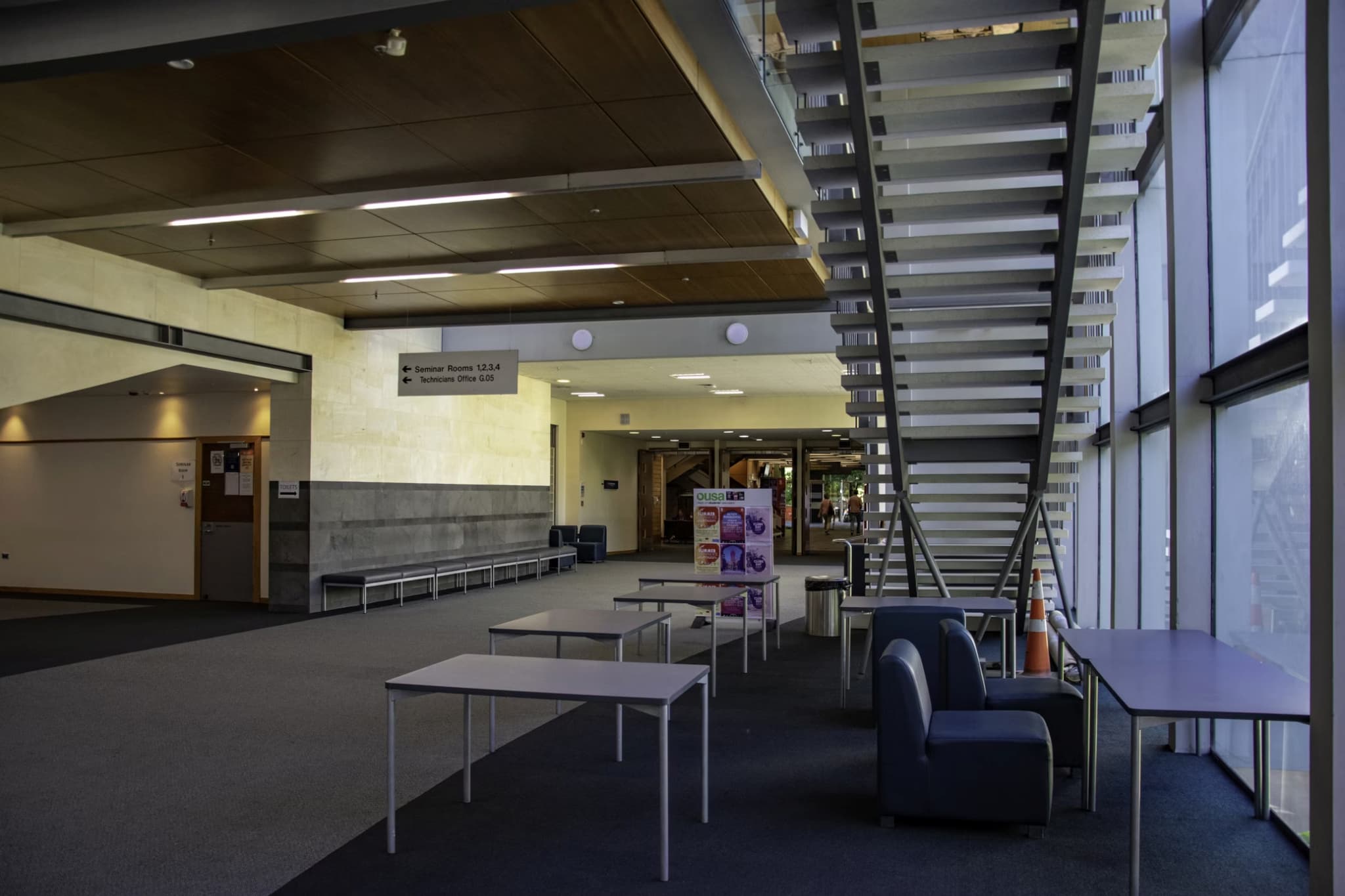Imagine a classroom unlike any you’ve ever experienced.
Gone are the days of stuffy, isolated spaces. Instead, picture a vibrant hub of learning bathed in natural light, where collaboration and curiosity take center stage. This is the reality of modern learning environments, and a key player in this transformation? Glass walls.
They might seem like a simple design choice, but glass walls play a much bigger role than just aesthetics. They foster a sense of openness, connection, and a dynamic learning experience that benefits both students and teachers.
Transparency Breeds Collaboration
Traditional classrooms, with their solid walls and closed doors, create a physical and often psychological barrier between students and teachers. Glass walls, on the other hand, promote transparency.
Students can see into other classrooms, sparking curiosity about different subjects and fostering a sense of community. This transparency also allows teachers to keep an eye on multiple learning spaces simultaneously, ensuring a safe and focused environment for everyone.
Imagine a group of students working on a science project. By having a view into the art classroom next door, they might be inspired by a creative approach or discover unexpected connections between their subjects.
This type of cross-pollination of ideas is a hallmark of collaborative learning, which glass walls can naturally encourage.
Natural Light for Enhanced Learning
Did you know that natural light is a powerful tool that can significantly impact student well-being and learning? Studies have shown that exposure to natural light improves focus, concentration, and mood. Glass walls bathe classrooms in natural light, reducing reliance on artificial lighting and creating a more stimulating environment.
On top of that, the ability to see outdoors can provide a sense of connection to the natural world, reducing feelings of confinement and fostering a sense of calm.
Think about it: how much more engaging would a history lesson on ancient civilizations be if students could gaze out the window at a clear blue sky, imagining the cultures they’re studying? Natural light, facilitated by glass walls, can bring the curriculum to life in unexpected ways.
Flexibility for Diverse Learning Styles
Modern education acknowledges that not all students learn the same way. Glass walls offer a way to create flexible learning environments that cater to those diverse needs. With strategically placed partitions, a large classroom can be transformed into smaller, focused work areas or breakout zones for collaborative projects.
Visualize a classroom with a glass wall separating a dedicated quiet study area from a more active learning space. This allows students who need a distraction-free environment to focus, while others can engage in group discussions without disturbing their peers. This kind of adaptability is essential for creating a truly inclusive learning environment.
Building Trust and Connection
Beyond the practical benefits, glass walls foster a sense of trust and connection between students, teachers, and the wider school community. The openness they create allows parents and visitors to observe learning activities without disrupting the flow of the classroom.
This transparency can build confidence in the learning process and encourage a more collaborative relationship between educators and families.
For instance, picture a parent visiting their child’s school and being able to witness firsthand the engaging and dynamic learning environment they’re a part of. This can foster trust in the educational process and create a stronger sense of community between school and home.
Creating a Safe and Secure Environment
While transparency is important, it’s equally crucial to ensure a sense of safety and security within the classroom. Glass walls don’t have to compromise privacy. Frosted or patterned glass can be used in specific areas to offer visual privacy for individual work or small group discussions.
Additionally, blinds or curtains can be strategically placed to allow for complete room darkening when needed for presentations or audio-visual activities.
The key is to strike a balance between openness and privacy. Reputable glass door companies, like Dominius.no in Norway, specialize in creating customized glass wall solutions that meet the specific needs of each learning environment.
Dominius.no: Your Partner in Modern Learning Spaces
Dominius.no understands the importance of creating learning environments that nurture curiosity, collaboration, and a love for learning. That’s why they offer a wide range of high-quality glass wall solutions designed to meet the specific needs of modern schools.
Their team of experts will work closely with you to understand your vision and create a space that fosters open communication, maximizes natural light, and provides the flexibility needed for diverse learning styles.
Contact Dominius.no today and let them help you transform your learning spaces into open and inviting environments that inspire the next generation of learners.
By embracing the power of glass walls, they can create classrooms that are not just places of learning but vibrant hubs of collaboration, creativity, and intellectual exploration.



